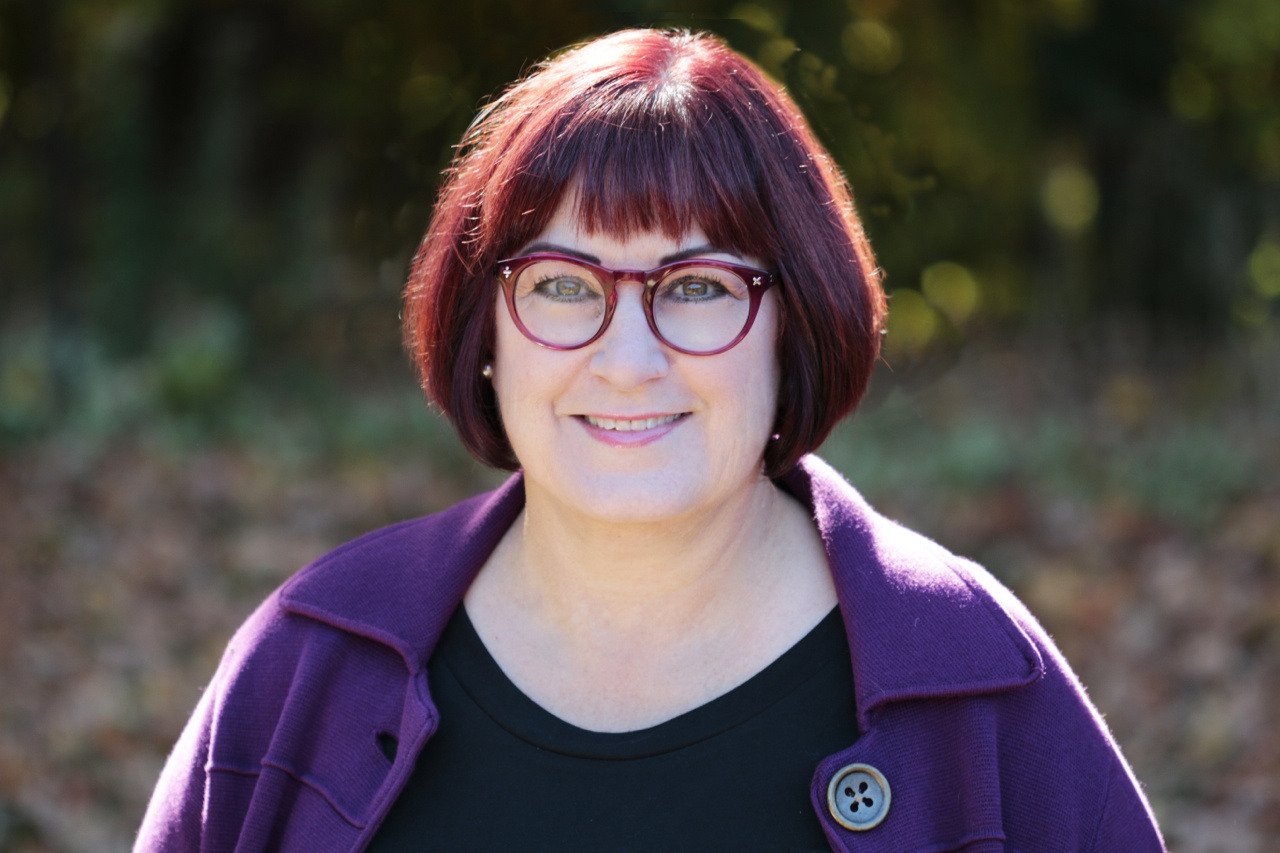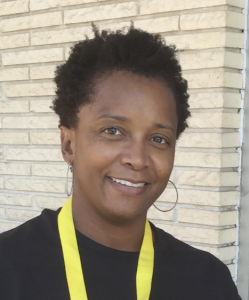
People become addicted to experiences.
Substances create experiences and behaviors create experiences. This is why we observe the move in the DSM to include diagnoses beyond mere substance use. Alcohol creates a different experience than meth. Opiates create different experiences than sexually acting out. Gambling creates a different experience than binge eating, and so on and so forth.
While there are commonalities among these experiences (for instance, dopamine), the cascade of 1s and 0s from the neurotransmitter transmissions that comprise our subjective experience is simply not the same. This is why when I have an Oreo, I don’t want speed but rather I want more Oreos. My experience of the Oreo is different than my experience of speed unless somehow I fused the two together (caffeine-infused Oreos someday?). No one in my life would say that I have or have had a problematic relationship with Oreos. Stimulants on the other hand….
Why one but not the other? What truly creates an addictive connection to an experience?
Millions of people take painkillers each year and most do not become addicted. Millions gamble yearly in Vegas and yet the vast majority do not have or develop a gambling addiction. Lots of people still have sex.
I can’t help but think that there is another type of experience that seems addictive in its nature…love. Stan Tatkin, a UCLA professor and author, provides advice about how people should date. He says that you should bring your romantic interest around your entire social network, especially those you trust, so they can give you feedback because your brain is pretty much on drugs early on in the relationship and your judgment can’t be trusted. In fact, some argue that it is the relational architecture of our brains that gets highjacked by substances. Stimulants are like falling in love. Opiates are like the peaceful, safe zone of a secure relationship.
Many do not engage in relationships in Tatkin’s way. Many cling to and build a fantasy of the other as a kind of salvation that adds a perceived purpose, meaning and excitement to existence only to find the relationship fizzle away followed by the pursuit of the next relationship. This cycle, connected to insecure attachment styles, sets a relational stage that looks to me very similar to the pattern of euphoria and withdrawal that come hand in hand with addiction.
I’ve spoken to my children about what separates use from harmful use from addiction. To me, it’s quite simple. When I experience salvation from myself in my use of a substance, a behavior or a person, that is the danger zone. There is a difference between liking something because it’s fun as opposed to doing something because I finally feel okay with me as a person, repeating that thing over and over and over again at any cost. When we develop surrogate relationships with substances, behaviors, or fantasies of other people as a means to make our life tolerable or at least a little pleasurable, even at any cost, we lose a sense of our own agency and our identity in the process. Maybe we never had it in the first place. Maybe we lost it amidst life’s ups and downs. Thank whomever for neuroplasticity! We can change this!
The Secure Base
The person with a “secure base” has less of a need for salvation because he or she is sufficient and worthwhile as he or she is; at least that’s the theory. That person can:
- abstain from toxic relationships to substances, behaviors, or people,
- use boundaries or rules for non-toxic but possibly problematic substances, behaviors and people, and
- choose to spend more time and effort developing healthy, thriving relationships that give and bring life.
How does a person develop a secure base? Through connections to healthy others that help a person to reframe, rewire, and reconnect to new ways of thinking, feeling, and behaving.
At the core of addiction recovery is identity change. In that identity change, I reframe my experience away from the fantasy of what hasn’t worked well for me (repeatedly) and use my agency to move toward that which will. Often that use of agency means creating a system or network of support that helps me to change, staying motivated to rewire habits.
The results of this change may be called earning secure attachment, spiritual awakening, integration, being mindful, natural recovery, choice, or just simply maturity. When I am empowered to abstain, use boundaries, and pursue that which makes me thrive, I recover. I become a healthy human being and, candidly, one healthier than most people on any given day, irrespective of addiction.
With this transformation of relational perspective, the addictive connection to certain experiences loses power. I no longer find salvation in something else that makes me okay. My emotional Richter scale events drop from 10s to 5s. I have a healthy network of others that help me co-regulate when life just sucks. But mostly, I find myself worth living my life as my own agent, purposefully crafting my friends and network to get what I want, and not screwing it up further with things I know will not work. We mature through our experiences, so long as we are willing to learn from them.
For some of us, we learn these lessons in SMART Recovery meetings, in therapy, or simply through life. When we learn these lessons, we mature and we become empowered to thrive past that which has held us back (substances, behaviors, and/or people).
* This is a guest blog provided by Samuel Renwick, a SMART Recovery community member. This article does not reflect the views of SMART Recovery as an organization.



